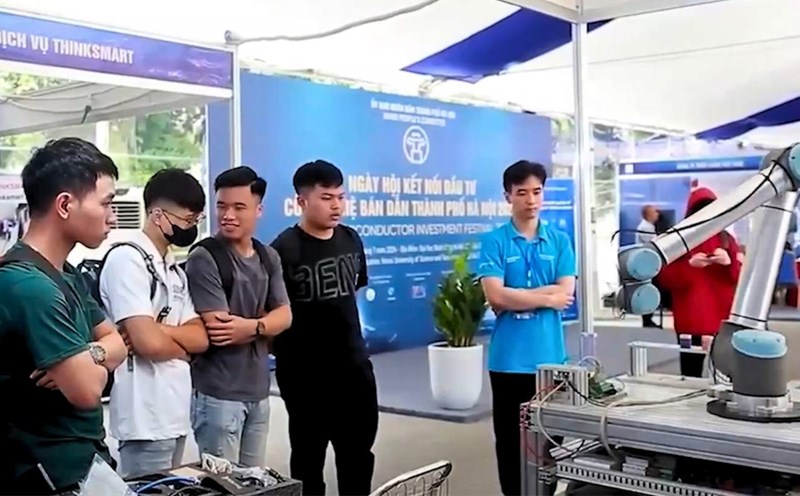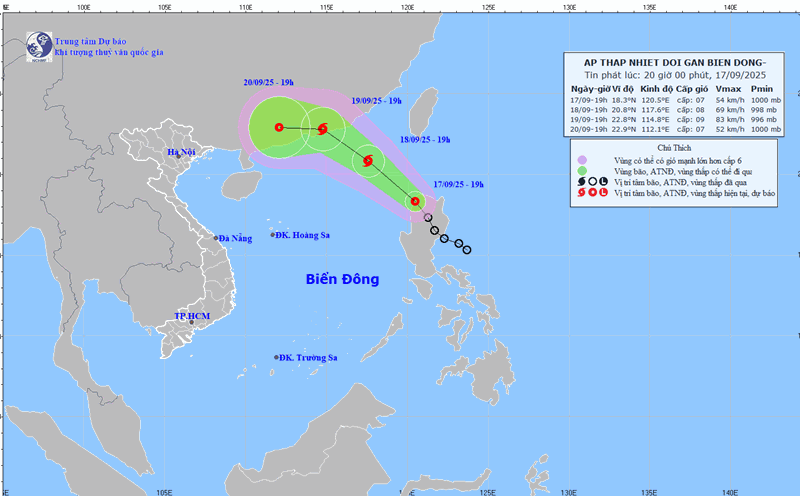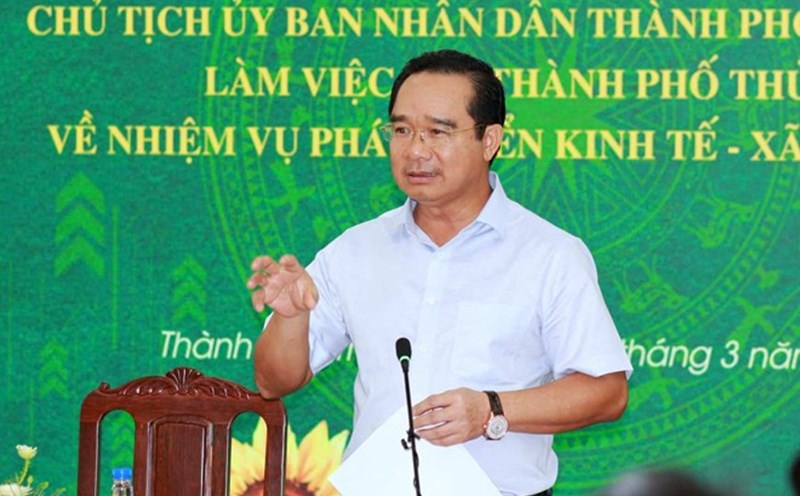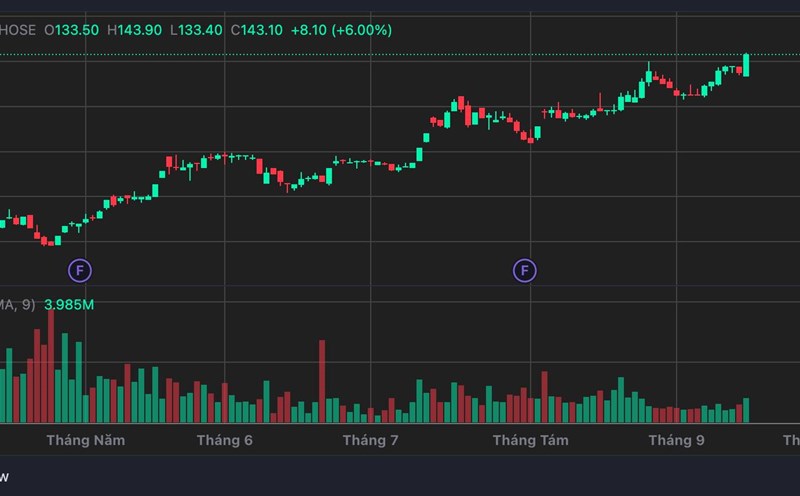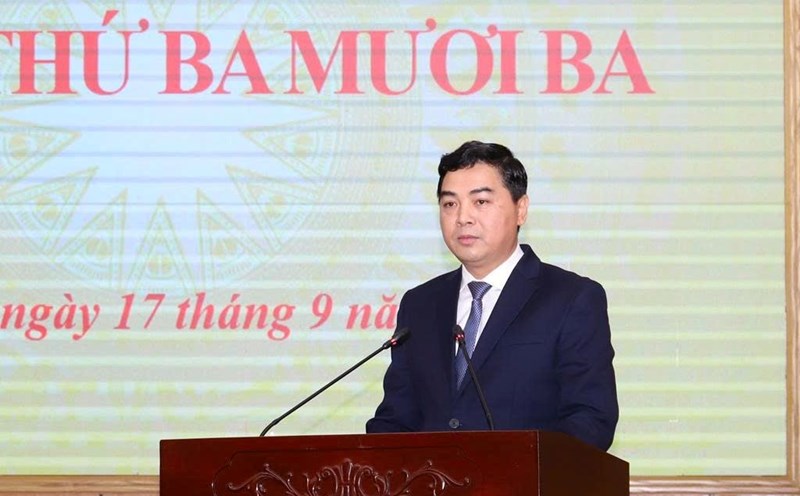According to experts, AI is becoming an indispensable part of all technologies. That wave spread to Vietnam and other countries in the region, opening up unprecedented opportunities. According to the forecast, the AI market in Vietnam will grow by an average of 15.8% per year, reaching a scale of 1.52 billion USD by 2030, and can even contribute to 130 billion USD to the Vietnamese economy by 2040.
Across ASEAN, AI is expected to contribute an additional 10-18% to total GDP growth, equivalent to about $1 trillion by 2030.
Speaking at the event, Mr. Dong Mai Lam, General Director of Schneider Electric Vietnam and Cambodia, emphasized: AI is no longer a technology of the future but is present in all fields, becoming a strong catalyst for digitalization and sustainable growth. To catch up with the AI wave, we need a revolution in building and operating data centers, designing smart buildings, smart power grids".
The AI explosion comes with skyrocketing energy consumption. According to the International Energy Agency (IEA), it is forecasted that by 2028, AI can account for 15-20% of the total electricity consumption of data centers - a significant increase compared to 8% in 2023. At the same time, the data processing model is shifting from centralized to dispersed, with about 50% of AI tasks expected to be processed according to a hybrid model, meaning a combination of data center and edge processing.
Schneider Electric introduces technological solutions for data centers such as liquid cooling directly to chips, high-density rack cabinets, high-powered tri-phase UPS system... to meet the need to optimize performance, increase resilience to unusual incidents.
In addition, Schneider Electric's energy management solutions help customers reduce up to 45% of the carbon emissions from building operations. In particular, they help shift from the traditional electricity consumption model to integrating energy supply and demand, where buildings use electricity while producing electricity from renewable energy sources.
With solutions applying AI to the smart grid, power companies can monitor the entire grid in real time right at the control center. Software such as EcoStruxure ADMS and AVEVA Unified Operations Center help track voltage, power lines, off/off points and detect unusual incidents early. The system can automatically adjust the power distribution based on load demand and supply, ensuring the power grid always operates stably and efficiently. In addition, platforms such as EcoStruxure DERMS and Microgrid Advisor support connecting distributed energy sources such as solar power, storage, helping to balance supply - demand and optimize operating costs.
With an E2E (end-to-end) infrastructure solution portfolio that integrates both hardware and software, Schneider Electric plays a role as a partner to help organizations and businesses deploy AI data centers everywhere, on all scales, promoting the digitalization process, improving energy efficiency, towards sustainable development.



